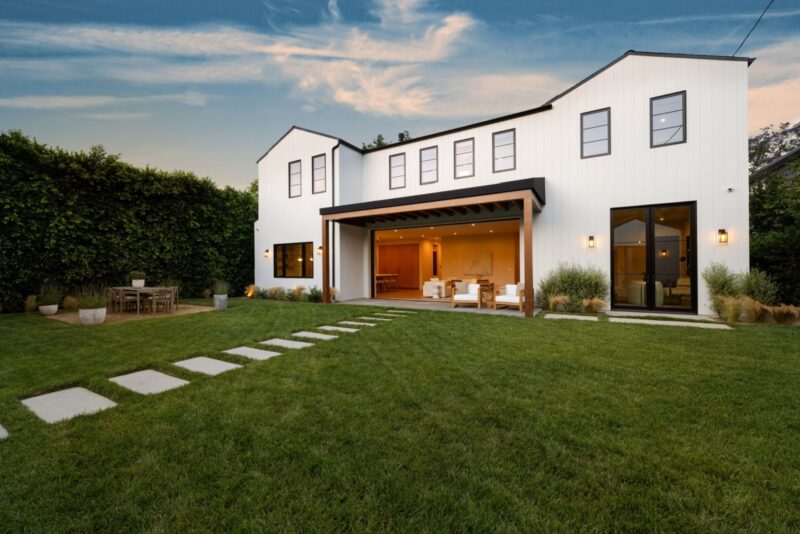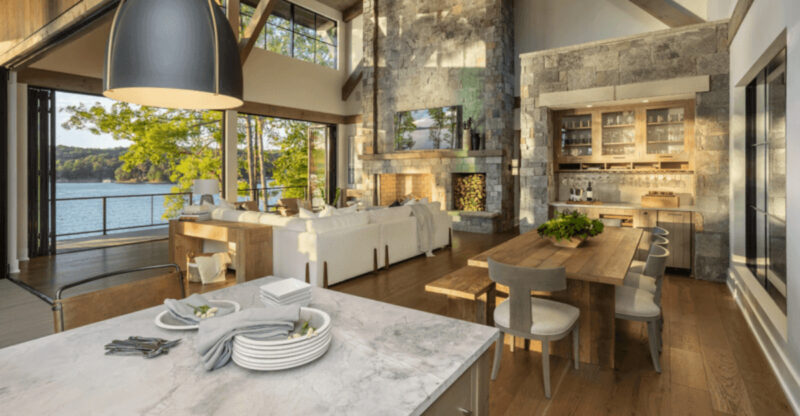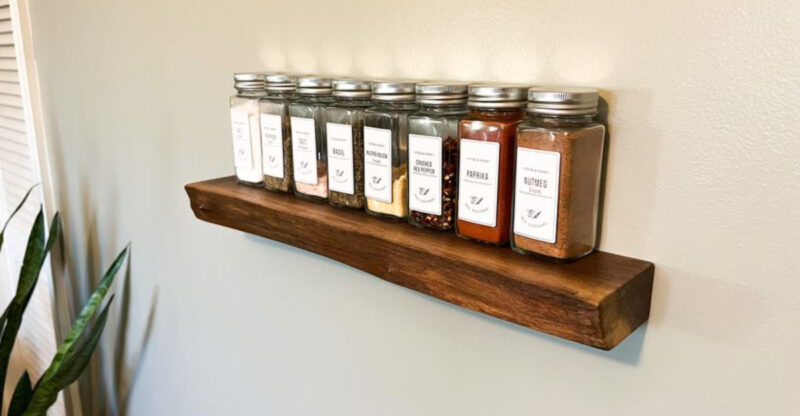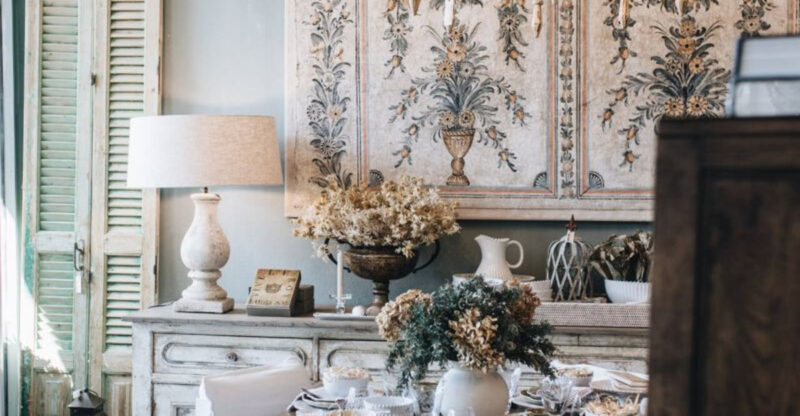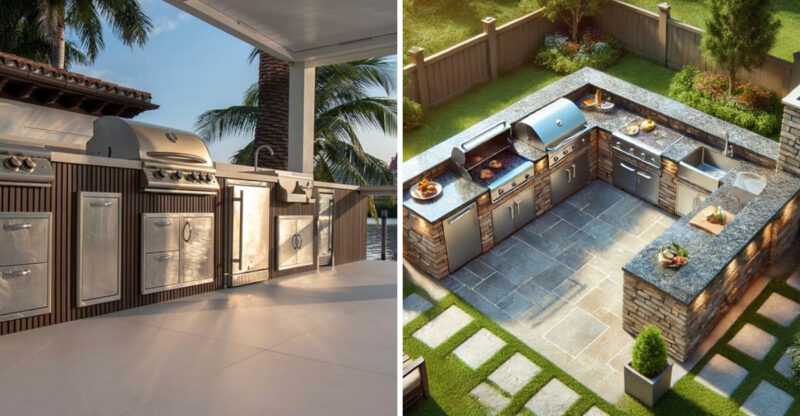Stop Doing These 14 Things That Make Your House Look Cheap, Say Designers
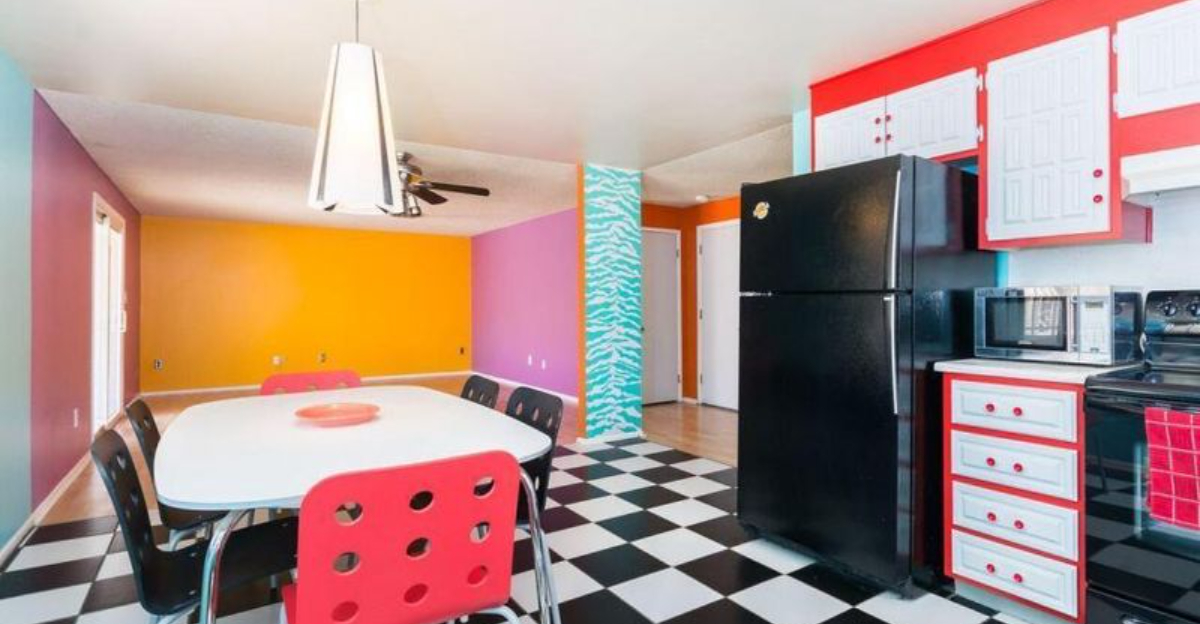
Ever wonder why some homes instantly feel upscale without looking overdone or expensive? It’s not about how much you spend, but what you avoid.
I’ve found that creating a high-end look often comes down to breaking a few sneaky habits that quietly cheapen your space. Some are easy to miss, but once you see them, you can’t unsee them. Ready to give your home that elevated, designer-inspired feel?
Here are 14 common mistakes to ditch and smart, budget-friendly swaps that make all the difference.
1. Neglecting Curb Appeal
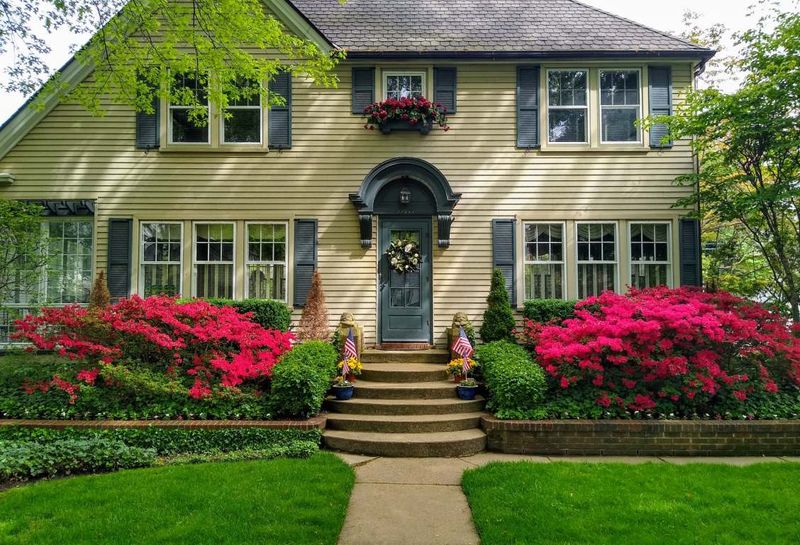
If you’ve ever walked past a home with peeling paint or a wild lawn, you know curb appeal matters. Your home’s first impression starts at the street, and even little things like chipped mailboxes or faded house numbers can make your place feel neglected.
Where effort shows fresh paint on the door, trimmed greenery, or even a neat welcome mat everything feels more cared for. Designers always say that the outside sets the tone for what’s inside.
Did you know that well-kept curb appeal can boost your home’s value? A little attention outside goes a long way when you want guests to feel welcome, not wary.
2. Using Too Much Matching Furniture
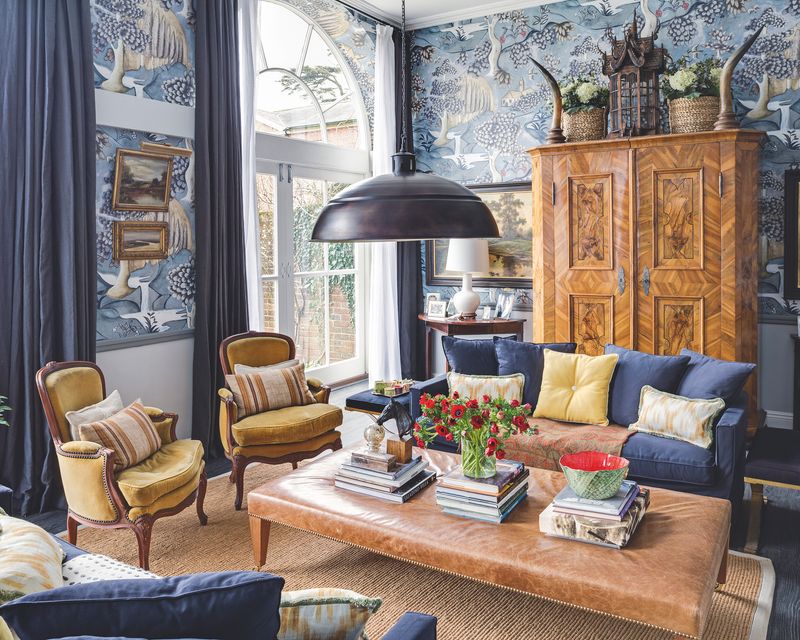
How often do you see a living room filled with matching furniture from one set? While it seems easy, this approach can look bland and cookie-cutter. Designers say rooms with all identical pieces feel less personal—and more budget hotel than lived-in home.
Are you drawn to sets for simplicity? Instead, try mixing textures, colors, or vintage finds with new favorites. Quirky side tables or a statement chair can really change the vibe.
If you break up that matchy-matchy look, your space instantly feels more curated. Picking pieces you love and blending them is a designer’s top tip for a richer, unique style.
3. Hanging Generic Artwork
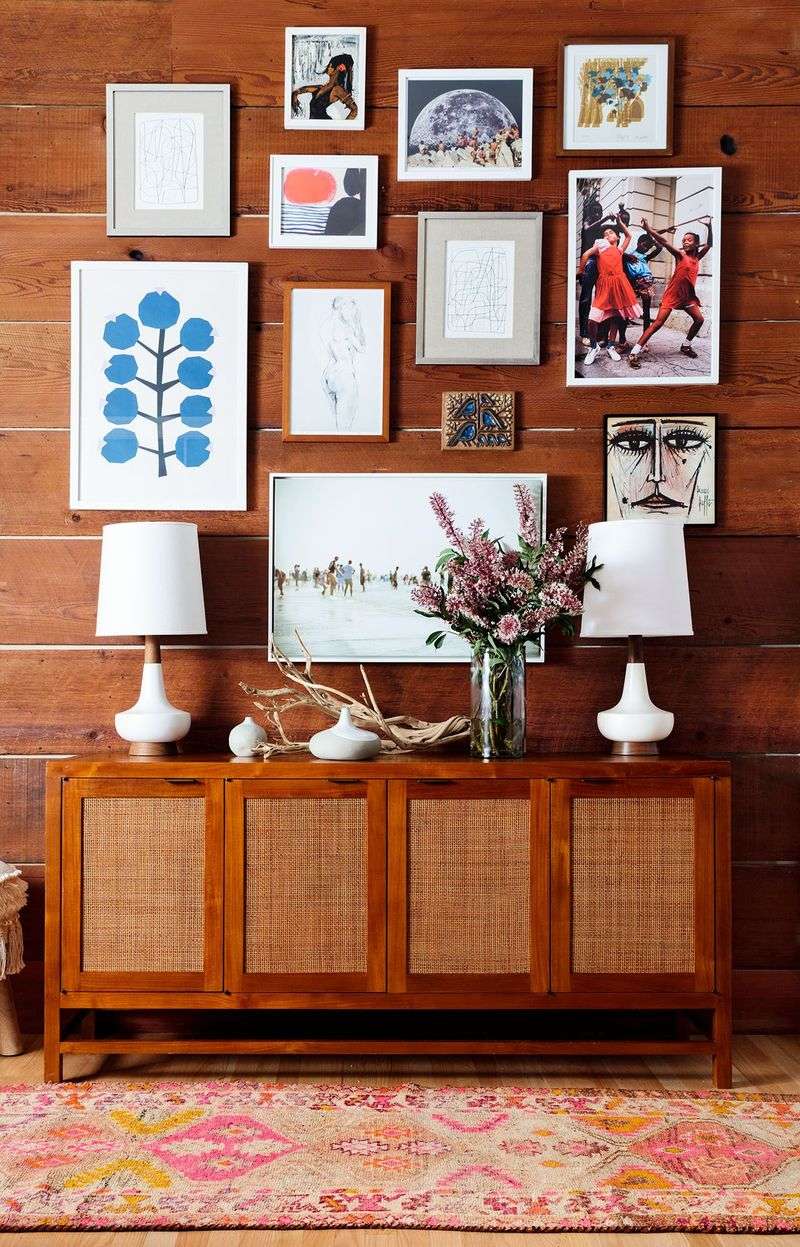
When a wall showcases the same art everyone else has, the space loses personality fast. Generic prints or mass-produced canvases can feel soulless, making the whole room seem uninspired.
It’s always more memorable to display something meaningful, like a quirky thrift-store find or your own photography. Designers love when art tells a story—your story.
If you swap out those generic pieces for unique ones, your home immediately looks more expensive. Art that sparks conversation is an instant upgrade, no matter your budget or style.
4. Overusing Fake Plants
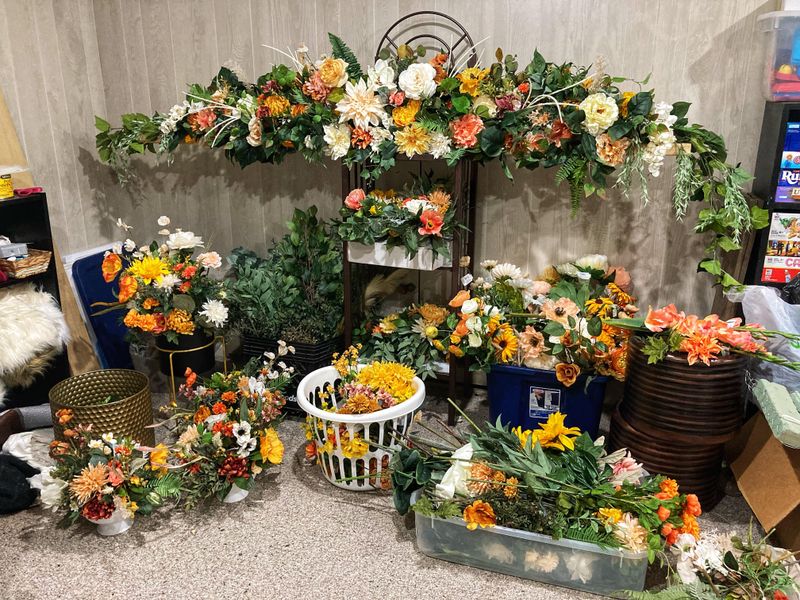
Are fake plants filling every shelf and corner? While a few look fine, too many cheap faux plants can cheapen your rooms. Glossy plastic leaves and unnatural colors stand out—especially in daylight.
If you’re avoiding real plants because you think they’re hard to keep alive, try low-maintenance varieties like snake plants or pothos. Even a single real plant adds freshness designers adore.
Though faux greenery is tempting, using fewer but better-quality ones makes a difference. Mixing in real branches or flowers, even if you swap them out seasonally, keeps things feeling lively and authentic.
5. Choosing the Wrong Lighting
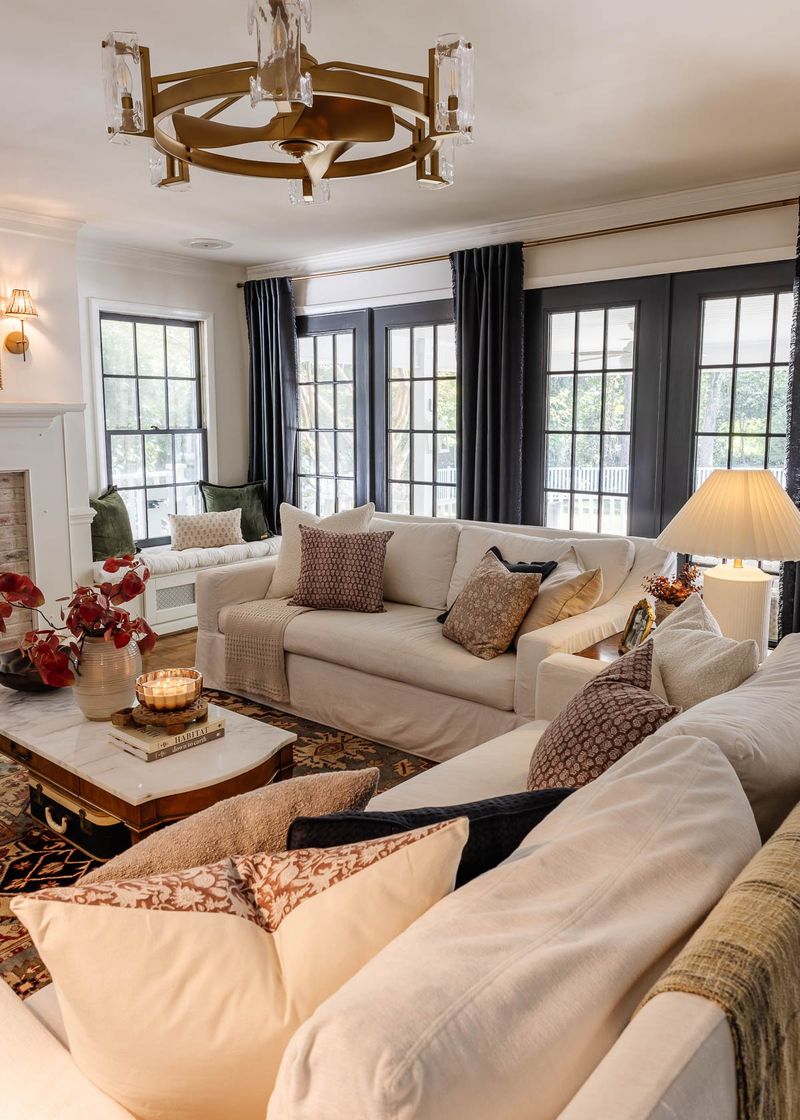
It’s wild how much bad lighting can ruin a beautiful room. If your space uses harsh overhead lights or cold bulbs, everything feels less inviting and more bargain-basement.
Where a designer would layer lighting—think table lamps, warm bulbs, or dimmers—you get depth and coziness. Lighting is one of the sneakiest ways to make a home feel instantly richer.
Are your rooms feeling flat or sterile? Try swapping bulbs or adding a lamp. Even little lighting tweaks can totally shift the mood and make every inch feel intentional and welcoming.
6. Ignoring Window Treatments
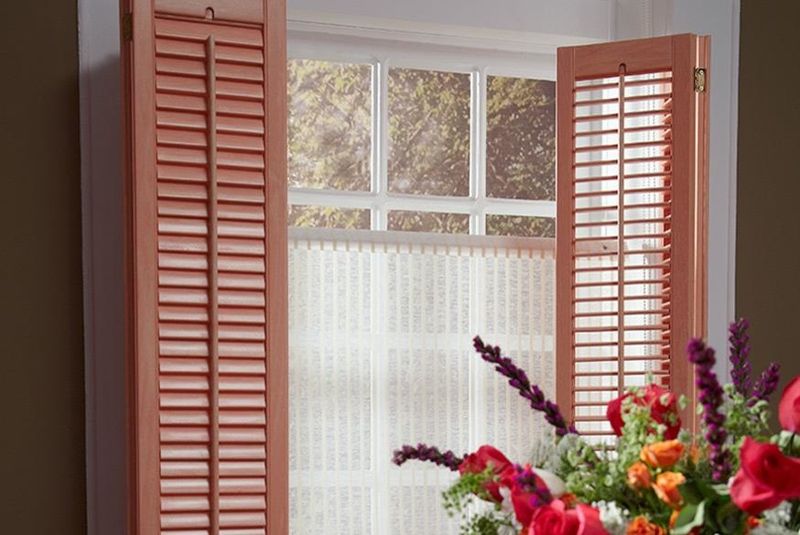
If your windows are naked or draped with thin, wrinkled curtains, your whole room might feel unfinished. Designers agree that window treatments are like the jewelry of a space—they frame your views and soften hard edges.
Are you using flimsy, too-short panels from a big box store? Investing in longer, fuller curtains or even a simple blind can transform the vibe.
When you hang window dressings high and wide, rooms feel taller and more polished. It’s one switch that never fails to add a touch of luxury, even on a budget.
7. Displaying Cluttered Surfaces
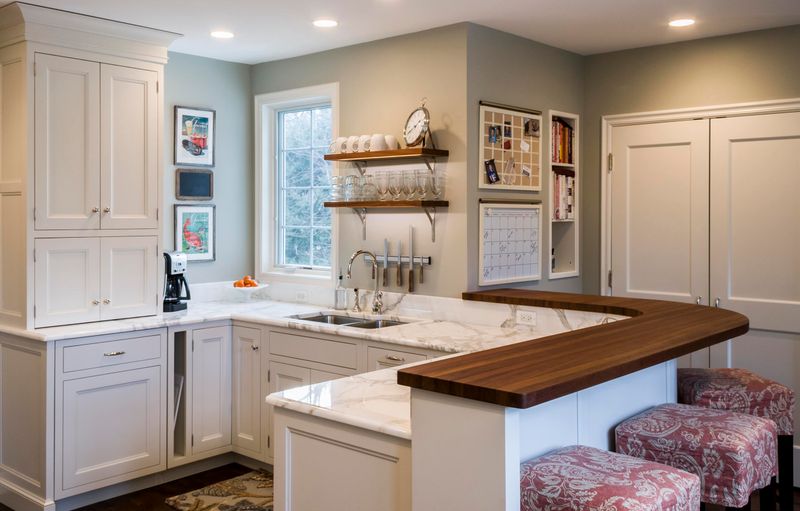
Where clutter takes over, style disappears. If your counters and tables are constantly covered with stuff, it’s easy for a room to look chaotic instead of curated.
How does a designer keep things looking intentional? They pick a few special items—like a pretty bowl or a vase—and give them space to breathe. Less is always more here.
Are your surfaces crowded? Try clearing everything off, then adding back just one or two favorites. Immediately, your home feels calmer and more pulled together, no matter the style.
8. Ignoring Maintenance Issues
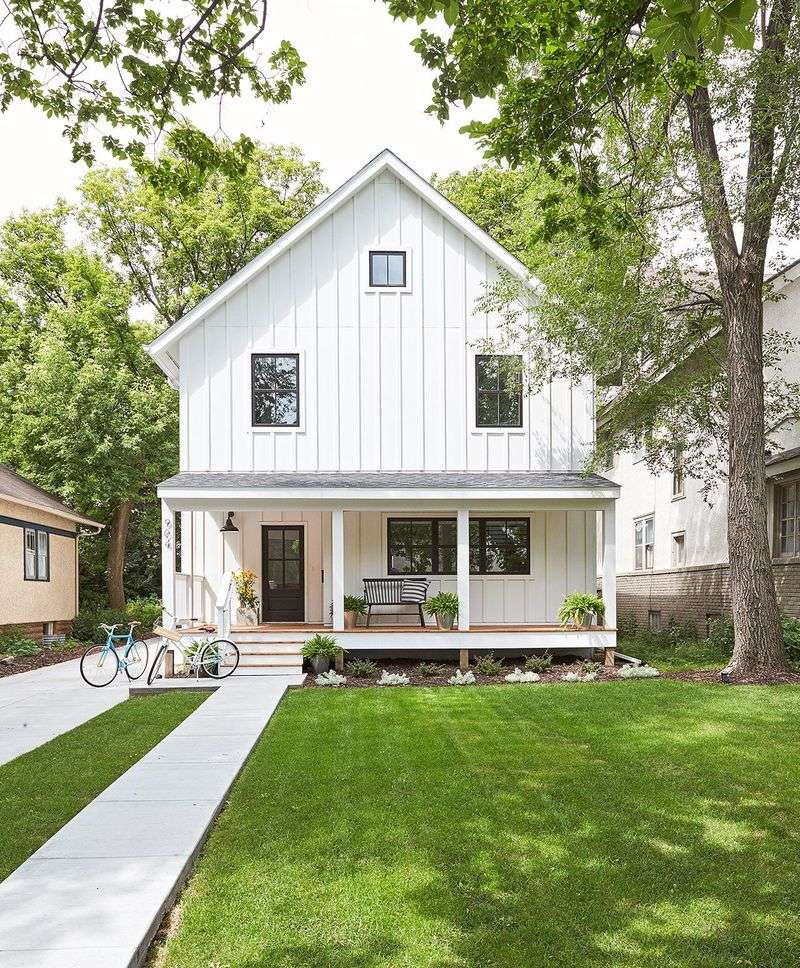
Did you notice a peeling wall or a drippy faucet but shrug it off? Even tiny repairs left undone can make a home seem neglected. These issues stick out to guests like a sore thumb.
If you fix minor problems right away, the overall look improves dramatically. Designers always say a cared-for home looks more expensive, no matter what you’ve spent on decor.
Where attention to detail matters, regular touch-ups are the secret. A tidy, well-maintained space shows pride—and that’s something money can’t fake.
9. Opting for Cheap Hardware
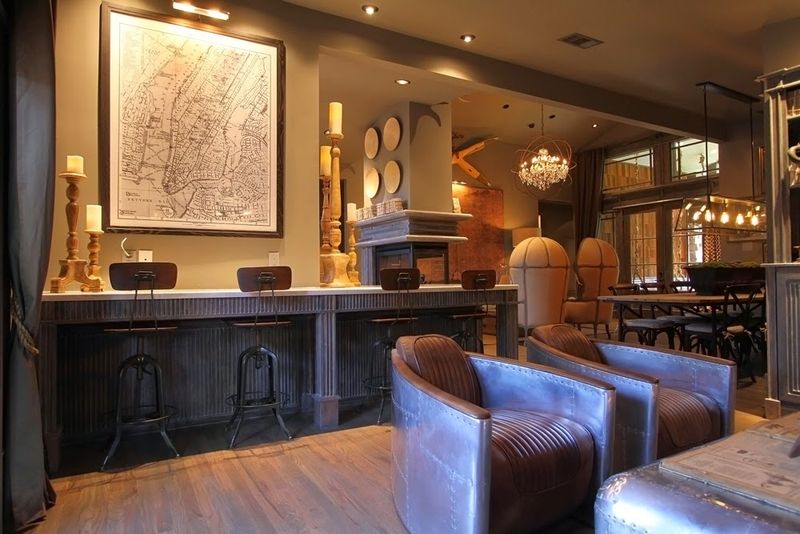
How often do you touch your cabinet handles? Cheap, lightweight, or dated hardware makes a big difference in feel and appearance. Even the nicest kitchen can look unfinished with flimsy pulls or brassy knobs.
If you upgrade handles, you don’t need a full renovation. Designers suggest swapping for heavier, modern pieces to add instant polish.
Are you worried about cost? You’d be surprised how affordable new hardware can be. Just a quick switch can trick the eye—and the hand—into thinking everything is far more high-end.
10. Having Outdated Fixtures
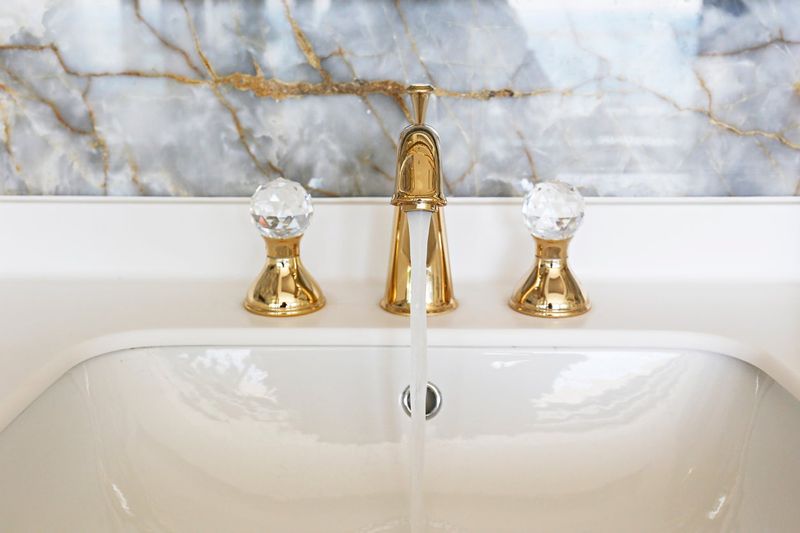
Ever walked into a bathroom with a leaky, gold-toned faucet? Outdated fixtures instantly age a space. Designers say that even small finishes—like a rusty light or faded switch plate—can date your entire room.
When you replace these with updated styles, rooms feel fresher. You don’t need to go trendy—just simple, clean lines always look current.
If you’re hesitant, remember that swapping fixtures is easy and budget-friendly. It’s a quick way to make your home feel like it belongs in this decade, not the last.
11. Choosing the Wrong Paint Colors
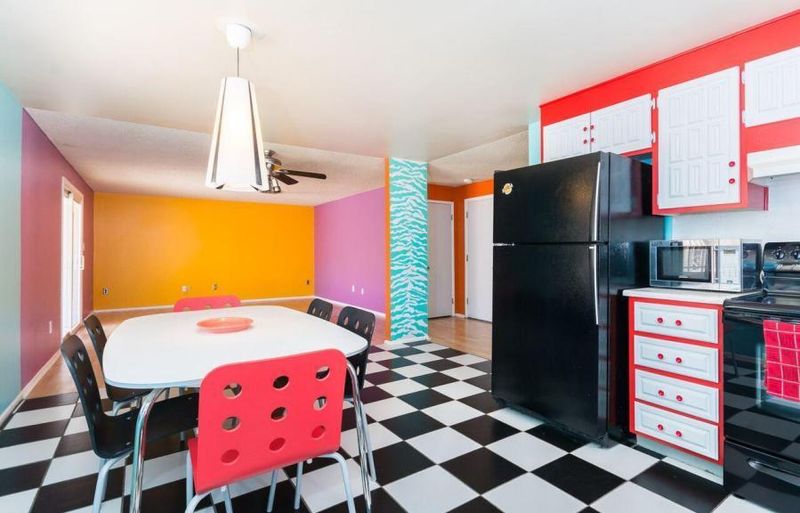
Where color sets the mood, the wrong shade can ruin everything. Neon brights or dingy builder-beige often look cheap, no matter how well you decorate.
Designers swear by classic neutrals or rich, deep colors for a sophisticated vibe. If your walls look patchy or the finish is uneven, repainting is a game-changer.
Did you know paint is one of the easiest ways to transform a space? Picking the right hue makes every piece in your room pop and instantly upgrades the feel without spending much.
12. Buying Ill-Fitting Rugs

If a rug looks more like a bath mat than an anchor for your furniture, your space will always feel disjointed. Rugs that are too small or oddly shaped make even beautiful rooms look off-balance.
How do designers fix this? They go bigger, making sure the rug fits under major pieces—like sofas and chairs. The right size brings everything together.
When in doubt, size up. A well-proportioned rug grounds your space, helping it feel cozy, cohesive, and high-end, even with budget finds everywhere else.
13. Leaving Wires and Cords Exposed
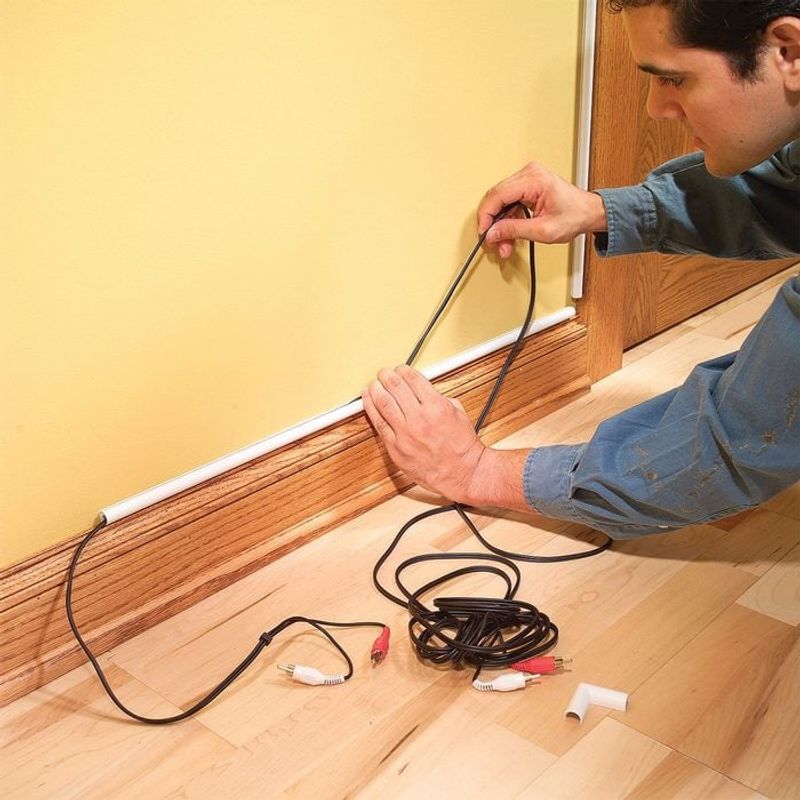
Though tech is everywhere now, visible wires and cords make spaces look sloppy. Tangled cables distract from your style, no matter how chic your furniture is.
Are cords running wild across your floors or walls? Designers use clever tools like cord covers, baskets, or even hooks to hide the mess.
If you conceal your cables, instantly the room feels cleaner and more intentional. That little bit of effort gives a polished look and keeps eyes on your decor, not your devices.
14. Overusing Theme Decor
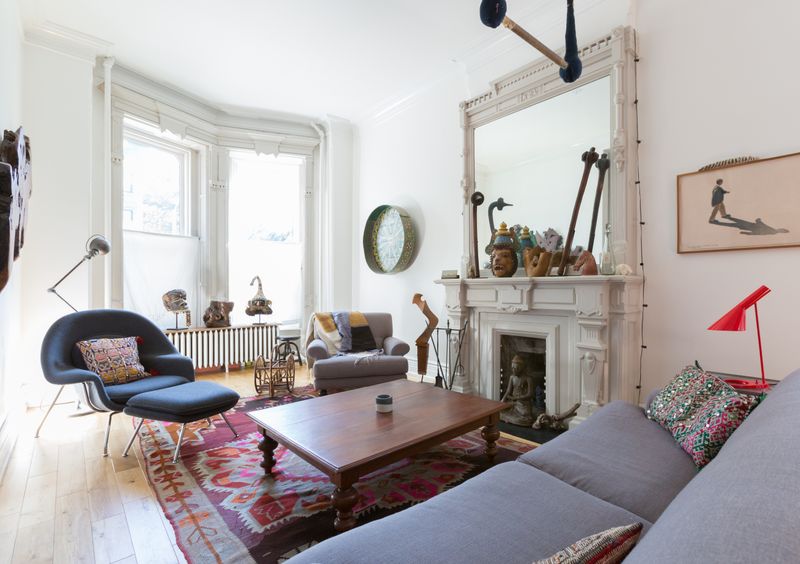
When every inch of a room screams the same theme—like nautical stripes or farmhouse signs—designers say the look can get cheesy fast. Theme overkill makes a space feel like a movie set, not a lived-in home.
How can you fix it? Choose a few subtle nods to your favorite style, but mix them with timeless basics. That way, your personality shines without overwhelming the room.
If you tone down the theme, your decor looks fresher and much higher-end. Balance wins every time for a sophisticated, inviting vibe.

